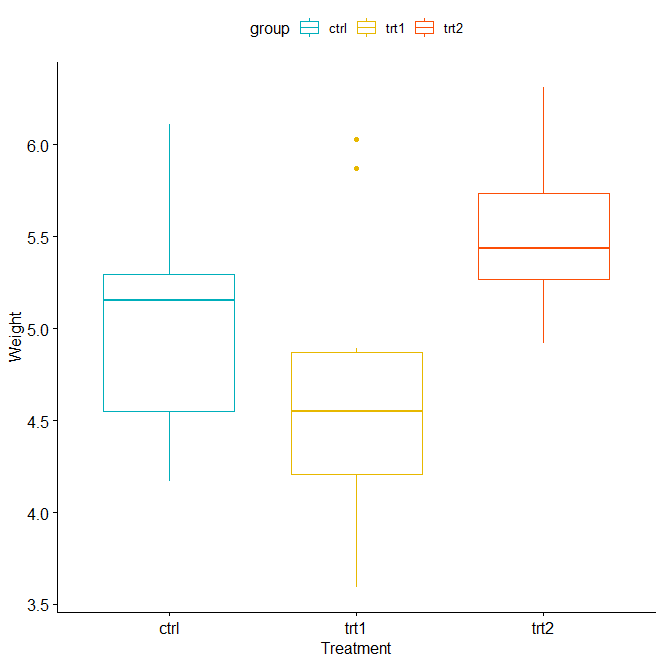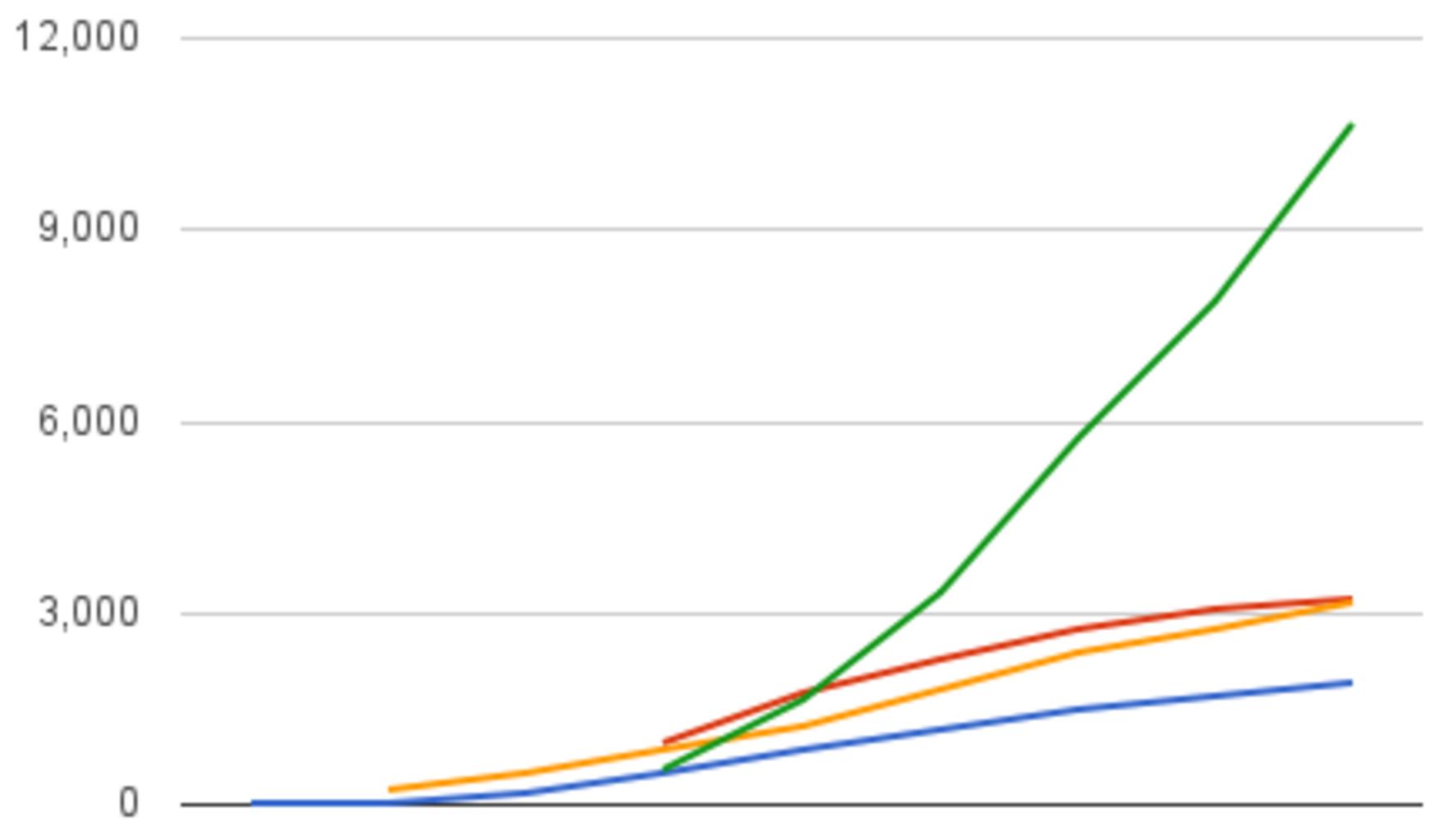Solving Systems of Equations in R, Solving systems of linear equations is a crucial task in various fields, such as mathematics, engineering, and economics.
In this article, we will demonstrate how to solve systems of equations using R, an open-source programming language.
We will use R’s built-in functions and datasets to provide clear examples for solving different systems of equations.
How to Set Axis Limits in ggplot2? » finnstats
Example 1: Solve a System of Equations with Two Variables
Suppose we have the following system of equations and we’d like to solve for the values of x and y:
5x + 4y = 35
2x + 6y = 36
We can solve this system using R’s ‘solve()’ function as follows:
# Define the left-hand side of the equations left_matrix <- matrix(c(5, 2, 4, 6), nrow = 2) # Define the right-hand side of the equations right_matrix <- matrix(c(35, 36), nrow = 2) # Solve for x and y solution <- solve(left_matrix, right_matrix) # Print the solution print(solution)
Example Output:
[,1] [1,] 3 [2,] 5
This tells us that the value for x is 3, and the value for y is 5.
Example 2: Solve a System of Equations with Three Variables
Suppose we have the following system of equations and we’d like to solve for the values of x, y, and z:
4x + 2y + 1z = 34
3x + 5y - 2z = 41
2x + 2y + 4z = 30
We can solve this system using R’s ‘solve()’ function as follows:
# Define the left-hand side of the equations left_matrix <- matrix(c(4, 3, 2, 2, 5, 2, 1, -2, 4), nrow = 3) # Define the right-hand side of the equations right_matrix <- matrix(c(34, 41, 30), nrow = 3) # Solve for x, y, and z solution <- solve(left_matrix, right_matrix) # Print the solution print(solution)
Example Output:
[,1]
[1,] 5
[2,] 6
[3,] 2This tells us that the value for x is 5, the value for y is 6, and the value for z is 2.
Binomial Cumulative Distribution in R » finnstats
Example 3: Solve a System of Equations with Four Variables
Suppose we have the following system of equations and we’d like to solve for the values of w, x, y, and z:
6w + 2x + 2y + 1z = 37
2w + 1x + 1y + 0z = 14
3w + 2x + 2y + 4z = 28
2w + 0x + 5y + 5z = 28
We can solve this system using R’s ‘solve()’ function as follows:
# Define the left-hand side of the equations left_matrix <- matrix(c(6, 2, 3, 2, 2, 1, 2, 0, 2, 1, 2, 5, 1, 0, 4, 5), nrow = 4) # Define the right-hand side of the equations right_matrix <- matrix(c(37, 14, 28, 28), nrow = 4) # Solve for w, x, y, and z solution <- solve(left_matrix, right_matrix) # Print the solution print(solution)
Example Output:
[,1] [1,] 4 [2,] 3 [3,] 3 [4,] 1
This tells us that the value for w is 4, x is 3, y is 3, and z is 1.
Conclusion
Solving systems of equations in R is a straightforward process that can provide valuable insights into your data.
By following these examples and using the provided code, you can easily solve systems of equations for various variables in your dataset. Remember to adapt this process to your specific needs and data structures.










